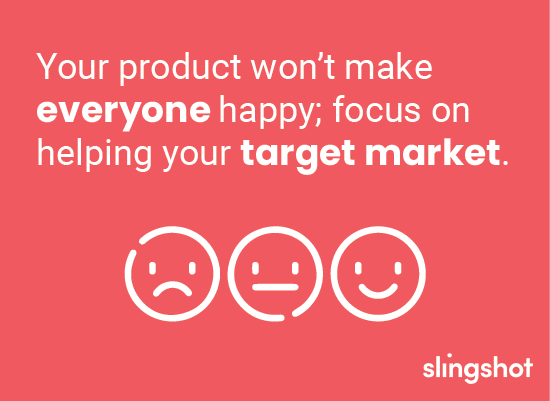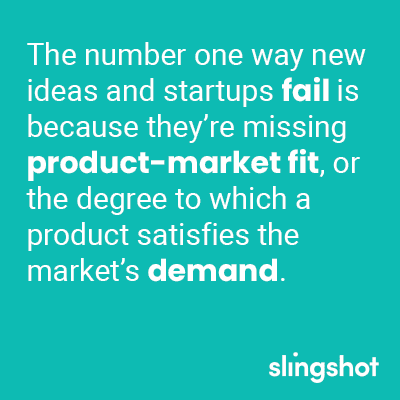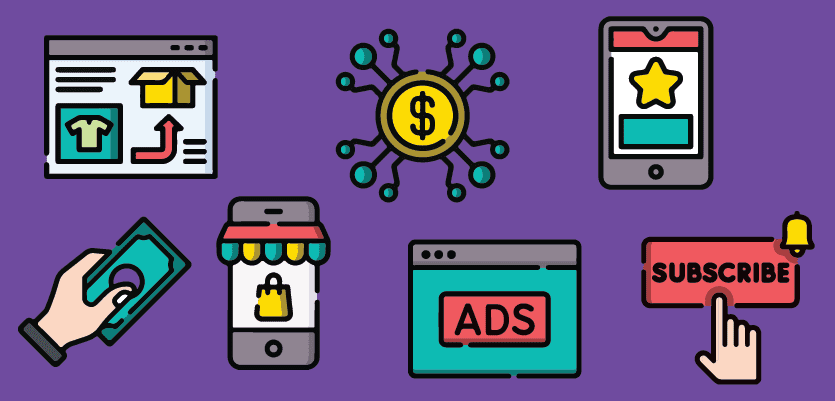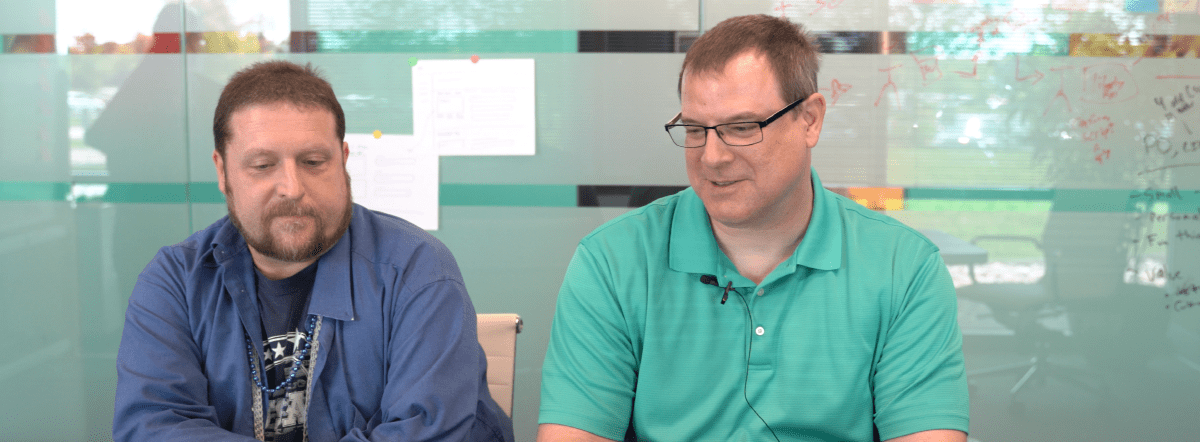They can come to you from anywhere at anytime: stuck in traffic, in the shower, or as you fall asleep. We’re talking about ideas!
For a mobile app idea to come to life, there’s a lot of time and money involved. What if you get to the end of development and your app, well, sucks?
They can come to you from anywhere at anytime: stuck in traffic, in the shower, or as you fall asleep. We’re talking about ideas!
For a mobile app idea to come to life, there’s a lot of time and money involved. What if you get to the end of development and your app, well, sucks?
One way to avoid that disaster is to validate your mobile app idea. Today, we’ll discuss why you should validate, and tips and tricks on how to make sure your idea is solid.
Summary
By validating your mobile app idea, you can ensure that you’re not building something unnecessary, saving you time and money on a mistake.
Talk with users and check the current market to see if there’s a place for you. If there is, dive into the details of Product Market Fit, monetization, and the functional details of your app.
Why do I need to validate my idea?
It breaks our heart, but an idea or concept is not enough. The world of ‘build it and they will come’ was left back with the Dancing Baby gif and frosted tips.
Without realizing it, you may be hyping up a problem more than it should be. Your app needs to be built on an idea that’s realistic, valid, and profitable. You don’t want to waste hundreds of thousands of dollars on an idea that’s meh.
So validating your idea is important before diving in, but how do you do it? Here are some steps on how you can validate your mobile app.
Steps to Validate your Mobile App Idea
Metrics for Validation
Before you ever put pen to paper, much less app to app store, you need to set a goal for yourself. You’ll want to create a baseline for bad, okay, good, and great ideas. Some examples are ‘How many ‘yeses’ from users means it’s good?’ or ‘How much would people be willing to spend on the app?’
If you start with an end goal, you can avoid the ‘rose colored glasses’ of confirmation bias. If you don’t reach your goals during the validation process, it’s probably time to pull the plug.
User Research
If you know Slingshot, then you know this is a big one for us. You need to find out if your app is actually what your target market needs, not just something they kinda want. An important thing to remember is that your product won’t make everyone happy; focus on helping your target market.

If possible, sit down with 5-10 potential users and ask them open ended questions. Make sure you’re not throwing bias into the equation. Focus on the problems they’re facing you think your app will solve rather than asking their opinion on your idea. That way, you’ll get data you can use to validate your app, rather than some luke-warm agreements.
Ideally, you should try and get these answers over a discussion in person or a video call. People can expand on their thoughts if you’re having a conversation rather than filling out a survey. You can also keep track of body language.
You can learn more about user interviews in our blog on Development’s Research Phase.
Market Research
Don’t put the lab coat away – research isn’t over yet! Now that you’ve talked with the users in the space, you need to see what’s out there in the market. Are there apps already out that solve this problem? Do they do it well, or just okay?
There’s no need to reinvent the wheel – you can see what exists today, and expand on it with new ideas and perspectives. Competitors means that your idea isn’t a bad one, as others have proven its viable. Many of the best apps weren’t the first ones in their space. If there’s nothing out there, though, that could mean it isn’t a viable idea. It’s not a definite idea-killer, but it may be a sign. Chances are if your problem truly is big enough there is some kind of solution out there but your idea may be a much better way to solve it.
Product Market Fit
The number one way new ideas and startups fail is because they’re missing product-market fit, or the degree to which a product satisfies the market’s demand.

This ties back into our research steps above, but it’s important to call out again: can the world still spin just as well if your product doesn’t exist?
When you’re doing your research, ask yourself these questions to determine if you have Product Market Fit:
- Is there an alternative to this app? If so, how painful is it?
- What would happen to users if your product is never built?
- Why would someone use your app over the competition?
- What makes your product stand out?
If your answers above aren’t looking too hot, you may have just invalidated your app idea.
MVP Features
When you’re in the idea stage, your feature set can expand exponentially overnight. If there’s no reason to stop thinking of new things, you won’t. When it comes time to build the app, you need to make sure the features you’re starting with are your best bet.
This is why you need to focus on building an MVP, or Minimum Viable Product. Figure out a priority list of your features, and compare their value to their complexity to build. Anything that’s highly valuable that’s easy to build is a go. Anything that’s not valuable and complex is a no. That way, you can ensure you’re providing value to your users without overwhelming them (or your pocketbook).
Prototype Development
You don’t want to spend all your money upfront on building out an idea that hasn’t been fully fleshed out. But you also should have something tangible to help bring your idea to life.
The middle ground is a clickable prototype: they look and feel exactly like your final product will, without any code. This allows you to test with users to make sure your idea is feasible and valuable. You can also take the prototype and the user feedback to investors, allowing them to see something tangible rather than just a slide deck.
Decide on a payment structure
We wish just having a mobile app itself could make you rich, but that just isn’t the case. There are a never-ending amount of ways you can monetize your product: Ads, Pay to download, Freemium, Subscription, and In-app purchases.

If you’re going to ask users to pay, you need to find what the reasonable price is. It can’t be too high that no one pays, but it also can’t be too low that you can’t sustain the product. Like Goldilocks, find the pricing style that’s ‘just right’ for you.
Conclusion
Validating your mobile app idea is the best way to make sure you’re not throwing effort at a problem that doesn’t need to be solved. If you check out the current market upfront, you can make sure there’s a need.
Once you’ve found your place, start figuring out what your monetization, feature set, and interface might look like.
You should now be able to validate your app concept and create something magical.




